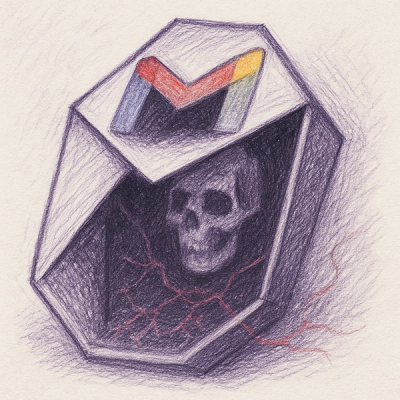
Research
NPM targeted by malware campaign mimicking familiar library names
Socket uncovered npm malware campaign mimicking popular Node.js libraries and packages from other ecosystems; packages steal data and execute remote code.
socket.io-amqp0
Advanced tools
import { Server } from 'socket.io';
import { createAdapter } from 'socket.io-amqp0';
import { connect } from 'amqplib';
const io = new Server(3000);
io.adapter(createAdapter({ amqpConnection: () => connect('amqp://localhost') }));
By running Socket.IO with the socket.io-amqp0 adapter you can run
multiple Socket.IO instances in different processes or servers that can
all broadcast and emit events to and from each other.
So any of the following commands:
io.emit('hello', 'to all clients');
io.to('room42').emit('hello', "to all clients in 'room42' room");
io.on('connection', (socket) => {
socket.broadcast.emit('hello', 'to all clients except sender');
socket.to('room42').emit('hello', "to all clients in 'room42' room except sender");
});
will properly be broadcast to the clients through various AMQP exchanges/queues.
If you need to emit events to socket.io instances from a non-socket.io process, you should use socket.io-emitter.
This adapter extends the in-memory adapter that is included by default with the Socket.IO server.
The in-memory adapter stores the relationships between Sockets and Rooms in two Maps.
When you run socket.join("room21"), here's what happens:
console.log(adapter.rooms); // Map { "room21" => Set { "mdpk4kxF5CmhwfCdAHD8" } }
console.log(adapter.sids); // Map { "mdpk4kxF5CmhwfCdAHD8" => Set { "mdpk4kxF5CmhwfCdAHD8", "room21" } }
// "mdpk4kxF5CmhwfCdAHD8" being the ID of the given socket
Those two Maps are then used when broadcasting:
io.emit()) loops through the sids Map, and send the packet to all socketsio.to("room21").emit()) loops through the Set in the rooms Map, and sends the packet to all matching socketsThe AMQP adapter extends the broadcast function of the in-memory adapter: the packet is also published to an AMQP exchange with the same name as the room.
Each Socket.IO server that has at least one socket in the room receives this packet from its own queue bound to the exchange, and broadcasts it to its own list of connected sockets.
ISC
7.0.2
FAQs
socket.io adapter for amqp 0.9.1+ (e.g. RabbitMQ)
The npm package socket.io-amqp0 receives a total of 7,496 weekly downloads. As such, socket.io-amqp0 popularity was classified as popular.
We found that socket.io-amqp0 demonstrated a healthy version release cadence and project activity because the last version was released less than a year ago. It has 0 open source maintainers collaborating on the project.
Did you know?

Socket for GitHub automatically highlights issues in each pull request and monitors the health of all your open source dependencies. Discover the contents of your packages and block harmful activity before you install or update your dependencies.

Research
Socket uncovered npm malware campaign mimicking popular Node.js libraries and packages from other ecosystems; packages steal data and execute remote code.

Research
Socket's research uncovers three dangerous Go modules that contain obfuscated disk-wiping malware, threatening complete data loss.

Research
Socket uncovers malicious packages on PyPI using Gmail's SMTP protocol for command and control (C2) to exfiltrate data and execute commands.